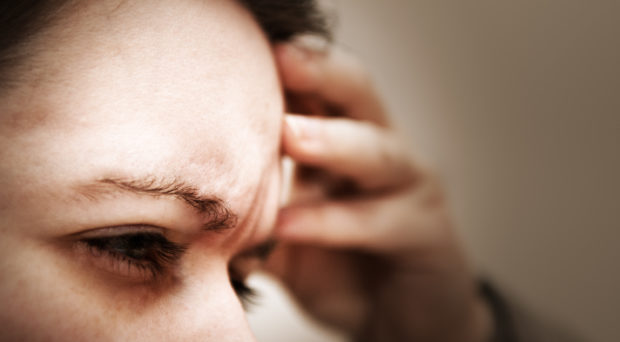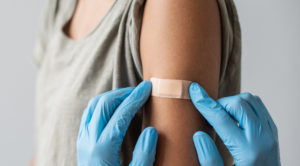
Headache is a common disorder and head pain is a common experience in the lives of almost everyone. The prevalence of headache within one year is 43% in people aged below 50, and on a given day, 6-17% of persons of any age may experience headache. Like all vaccinations, including those aimed to protect against SARS-CoV-2 (the virus responsible of COVID-19), there may be side effects.
Our latest systematic literature review with meta-analysis assesses the occurrences of developing headache after COVID-19 vaccination. Our results are based on 84 clinical trials testing the efficacy, effectiveness and safety of the vaccines that have been developed between 2020 and 2021, for a total of 1.57 million persons receiving one vaccine or a placebo.

In the week after the first administration, 22% of vaccine recipients developed headache while 10% among placebo recipients reported headache. After the second administration, these percentages raise to 29% and to 12% among vaccine and placebo recipients, respectively. Headache is the third most common side effect – the most common being pain at injection site.
Generally, duration of headache onset within the first day from injection is below 24 hours, of a moderate intensity, and benefits from treatment with acetylsalicylic acid. It is bilateral (i.e. on both sides of the head) in 70–75% of the cases, and 30–40% of the patients describe a pulsating quality. Aggravation with activity is the most common accompanying symptom, followed by phono/photophobia (i.e. being bothered by light and noise) and nausea.
Taken as a whole, the features of such a headache do not resemble migraine-like headache in most of the cases; however, in approximately one third of the cases, migrainous features seem to be met, and this appears to be much more common among people with pre-existing migraine.
The causes of headache after vaccination against SARS-CoV-2 are poorly understood. However, it seems to related to a systemic inflammatory response with a still unclear mechanism, and it is a reversible mechanism: in other words, it will resolve in few hours.
Very few anecdotal exceptions to this common non-severe and reversible post-vaccination headache have been described as case reports of complications of vaccination, specifically as cases of cerebral venous thrombosis associated with vaccine-induced immune thrombotic thrombocytopenia (VITT). The main differences from the “normal” vaccine-associated headache lies in the delayed onset (5-10 days), and headache being described as severe, progressive and treatment-resistant.
In sum, headache is a common side effect of vaccination after SARS-CoV-2, and it is almost always a non-severe effect. It presents within the first day and resolves within a day with bed rest or acetylsalicylic acid in 18-27% of the cases after the first dose, and in 23-35% after the second dose. It may have migrainous features in around a third of the cases, particularly among persons who already suffer from migraine.
Comments